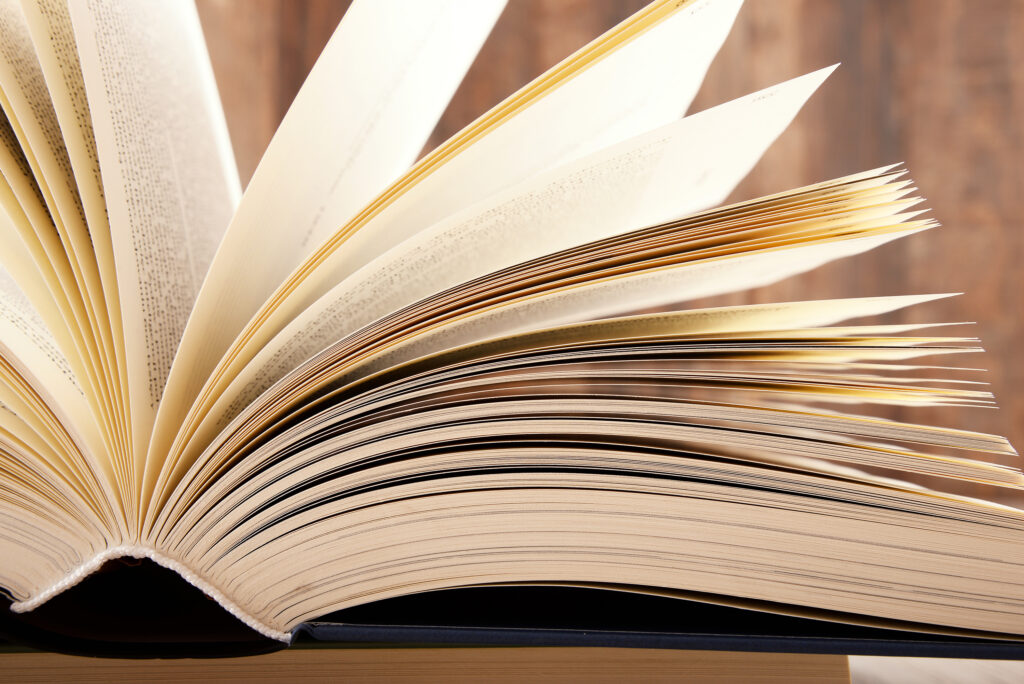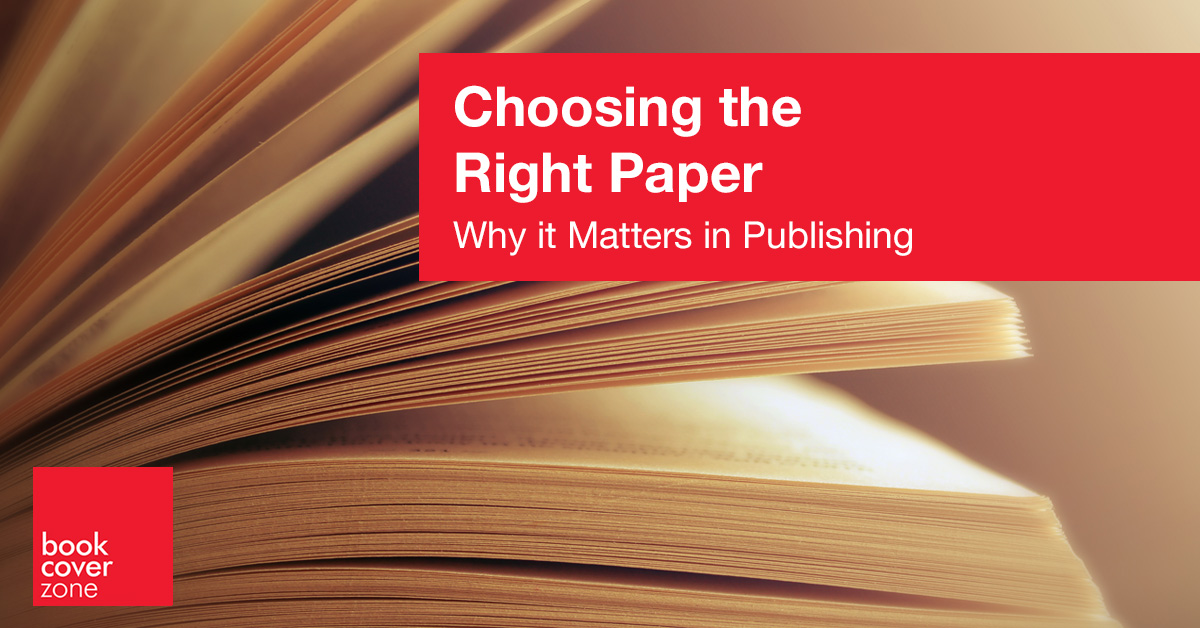When it comes to publishing a book, magazine, or any printed material, many focus on content development, design, and marketing strategies—a rightly so approach since these elements are pivotal to the success of the published work. However, one critical decision that can be easily overlooked is the choice of paper. The type of paper selected can profoundly influence not only the tactile feel and durability of the product but also the reader’s overall experience. Let’s delve into the reasons why paper choice is an important consideration for publishers and authors alike.
Firstly, the paper is a medium that carries the author’s words and the designer’s visuals to the audience. The texture, weight, and color of paper forge an instant tactile interaction with the reader, establishing a sensory relationship that goes beyond mere words. A rich, creamy paper might exude luxury and comfort, suitable for a collector’s edition novel, while a sleek, glossy finish could be the perfect match for a vibrant photography book, making images leap off the page. The sensory experience of flipping through the pages of a book contributes to a reader’s immersion. The inherent message communicated through the paper can reinforce or detract from the content it presents.
Durability and sustainability are additional factors that hinge on paper selection. Publishing, especially in the book industry, is typically a long-term investment. The paper needs to endure frequent handling, environmental wear, and the test of time. High-quality, acid-free papers prevent yellowing and deterioration, which is essential for library editions and textbooks. On the environmental front, the choice between recycled paper, sourced from sustainable forests, or using new materials has significant ecological implications. Publishers who emphasize sustainability can appeal to environmentally conscious consumers by opting for eco-friendly paper options accompanied by credible certifications such as FSC or PEFC.

Amazon’s Kindle Direct Publishing (KDP) and IngramSpark both offer self-publishing options catered to independent authors and small publishers. Both platforms provide different paper types, primarily categorized by paper color and weight, to suit various printing needs.
For Amazon KDP, the standard options typically include:
- White Paper: This is the most commonly chosen paper type for typical non-fiction books. It’s a brighter white paper that helps text and images stand out. The weight of the paper can vary based on location and printer used but is generally in the standard 55# (90 GSM) weight for the US market.
- Cream Paper: Often used for novels and literature, cream paper provides a slightly warmer and more traditional reading experience. Many authors use this for fiction books to reduce glare and eye strain. Again, the weight is usually around 55# (90 GSM) for the US market.
Amazon also offers options for paperbacks with glossy or matte finishes on the cover, which is separate from the interior print options.
IngramSpark has more detailed customizations for paper and provides:
- White Paper: Similar to Amazon, the white paper is brighter and works well for a wide range of books, including those with images and charts. IngramSpark offers a range of paper weights with white paper, from 50# (74 GSM) uncoated to heavier options depending on the print size and type.
- Cream Paper: The cream paper is less bright and is easier on the eyes, which is why it’s common for longer reads such as novels. IngramSpark’s cream options usually include 50# (74 GSM) uncoated paper.
- Color Printing: Apart from black and white interior printing, IngramSpark offers standard and premium color printing on either 50# (74 GSM) or 70# (104 GSM) white paper. This is ideal for children’s books, cookbooks, or any book that requires high-quality color reproductions.
Both Amazon KDP and IngramSpark adjust their offerings based on the latest technology and customer needs. For the most current options and specifications, it’s best to consult their respective websites or contact their customer service, as these details are subject to change and may vary by location or over time. Additionally, both platforms allow for customized choices for book trim sizes and cover finishes, which can affect the overall look and feel of a published book.
Finally, paper choice greatly impacts the reproduction of content. The type of paper determines how ink sits on the page, affecting the clarity and brightness of the printed text and images. High-opacity papers prevent show-through and bleed, which is important for double-sided printing to ensure readability. Glossy papers can make photographs and illustrations pop, whereas matte papers provide a non-reflective surface ideal for long-form reading materials such as novels and journals. Paper whiteness can also vary, with some papers offering a warmer hue that’s gentle on the eyes, while ultra-white papers make colors more vibrant, crucial for art books and marketing materials that rely on visual impact.
Choosing the right paper for a publishing project is an intricate balancing act between the message of the content, the functional demands of the product, and the intended market. It is not only about aesthetics; it is a conscious decision that affects durability, reader engagement, and the publisher’s environmental footprint. Publishers who give thoughtful consideration to paper selection are able to enhance the reading experience, ensuring that their published materials are not only seen and read but also felt, remembered, and preserved.
